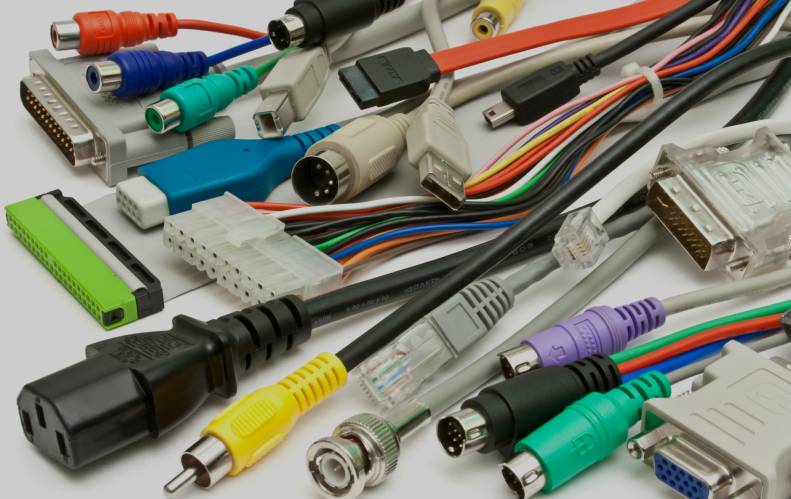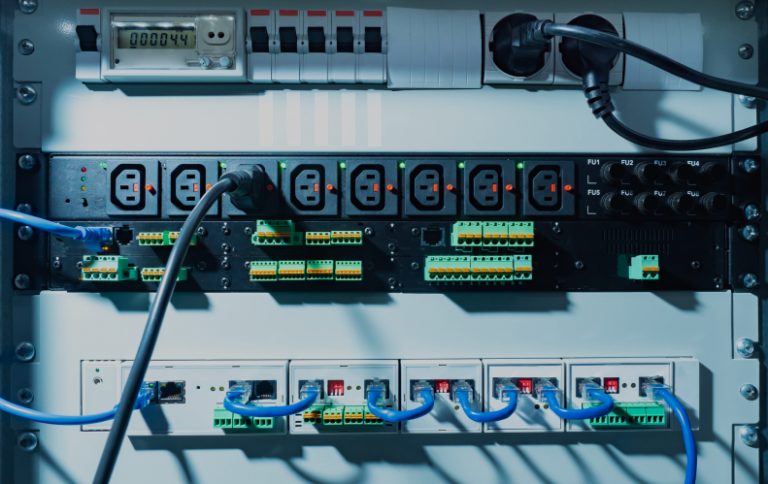Battery connectors play a crucial role in ensuring the smooth operation of power systems. The integrity of these connectors directly impacts the performance, safety, and reliability of electrical systems. Without proper design and maintenance, battery connectors can experience failures that lead to downtime, safety hazards, and inefficient power transmission.
In this guide, we will focus on the safety features that ensure battery connectors function effectively. We will explore thermal management and locking mechanisms to protect connectors, as well as practical maintenance tips to keep them in top condition.

Types of Battery Connectors and Their Importance
Different Connector Types in Power Systems
Battery connectors come in various types designed to handle specific levels of current and voltage, each crucial for different applications. Whether used in electric vehicles (EVs), telecom networks, or industrial machinery, selecting the correct type ensures safe and reliable power transmission.
Common Connector Types:
| Connector Type | Application | Current Rating | Voltage Rating |
| High-Current Connectors | Electric Vehicles, Industrial Systems | High | High |
| Compact Connectors | Consumer Electronics, Small Devices | Low to Medium | Medium to Low |
| Specialty Connectors | Marine, Military, Automotive | Varies | High |
The Role of Materials in Connector Design
Materials used in battery connectors affect their thermal conductivity, durability, and contact resistance. For example, copper is commonly used for high conductivity, while gold-plated connectors reduce the likelihood of contact resistance and corrosion.
Material Comparison:
| Material | Conductivity | Resistance to Corrosion | Best For |
| Copper | High | Moderate | Power transmission systems |
| Gold | Medium | Very High | High-end applications (e.g., telecom) |
| Silver | Very High | Moderate | High-current applications |
Related Reading: Key Components of Reliable Test Sockets and Battery Connectors
The Importance of Thermal Management in Battery Connector Design
Managing Heat in Battery Connectors
Overheating is one of the primary causes of connector failure in power systems. Proper thermal management ensures that battery connectors can handle the high currents and voltages in electric vehicles and energy storage systems.
How Heat Affects Connectors
- Increased Resistance: Higher temperatures increase resistance in battery connectors, leading to power loss and potential failure.
- Connector Degradation: Prolonged exposure to high temperatures can cause material wear, leading to reduced performance and reliability.
Thermal Management Techniques
- Use of heat sinks to dissipate excess heat: Heat sinks absorb and dissipate excess heat from battery connectors, preventing overheating and maintaining optimal performance.
- Implementation of thermal pads or cooling systems to regulate temperature: Thermal pads and cooling systems help regulate temperature by transferring or dissipating heat, ensuring connectors stay within safe operational limits.
Locking Mechanisms and Preventing Accidental Disconnections
Preventing Accidental Disconnections
Locking mechanisms ensure that battery connectors stay securely connected, even in high-vibration environments like electric vehicles and telecom towers. Without proper locking mechanisms, connectors may disconnect unexpectedly, leading to power loss and system failure.
Common Locking Mechanisms
- Twist-lock connectors secure the connection by twisting the connector into place, providing a reliable, vibration-resistant connection for power systems.
- Snap-lock connectors use a spring mechanism to automatically lock the connector into place, ensuring a secure and fast connection in various applications.
- Screw-threaded connectors require manual twisting to fasten, providing a highly secure connection that is resistant to accidental disconnection under high vibration.
Why Locking Mechanisms Matter
| Issue | Solution | Outcome |
| Loose Connections | Use locking connectors | Prevents disconnection and maintains power stability |
| High-Vibration Environments | Implement snap-lock systems | Enhances connector security in industrial settings |
Practical Maintenance for Battery Connectors
Regular Inspection and Cleaning
Routine inspection of battery connectors is essential for ensuring the longevity and safety of your power systems. Inspections should focus on detecting signs of corrosion, loose connections, or any wear and damage. Maintenance Tips:- Check for corrosion: Regularly inspect connectors for rust or oxidation, especially in outdoor or marine environments.
- Clean connectors: Use dry ice blasting for a non-abrasive cleaning method that won’t damage connectors.
- Tighten connections: Ensure connectors are securely fastened to avoid power loss due to loose connections.
How to Maintain Receptacles and Contact Pins
Receptacles and contact pins play a crucial role in battery connectors. Regular checks for corrosion and wear are necessary to ensure their functionality. Ensure receptacles are clean and free from dirt buildup to maintain a secure connection. Maintenance Checklist:- Inspect for dirt buildup and corrosion on contact pins.
- Regularly clean receptacles and pins to maintain optimal conductivity.
- Check for any physical damage on contact surfaces.
Connector Testing with Spring Contact Probes and Test Sockets
Testing Battery Connectors
Regular testing ensures that battery connectors are performing optimally. Spring contact probes are used in manufacturing and quality control to ensure reliable contact and electrical performance during testing.
Testing Benefits:
- Ensures that connectors meet performance standards.
- Accurate readings: Spring contact probes ensure accurate electrical testing and contact pressure.
How Test Sockets Ensure Accurate Connector Testing
Test sockets are essential for in-circuit testing to check the integrity of battery connectors during routine checks. Test sockets provide a simple and quick way to evaluate the performance of battery connectors without disassembling the entire system.
Test Socket Features:
- Quick connectivity for on-the-spot testing.
- Durability: Able to withstand high-frequency use in industrial environments.
Ensuring Long-Term Reliability in Battery Connector Design
In conclusion, battery connectors are vital to the efficiency and safety of power systems. Ensuring their safety involves focusing on key design elements like thermal management and locking mechanisms, which protect against overheating, accidental disconnections, and connector failures. Regular maintenance and testing with spring contact probes and test sockets will help maintain optimal performance and reliability over time.
At Petracarbon, we specialize in providing high-quality battery connectors and solutions for maintaining and testing these critical components. Contact us today for expert advice on connector selection, maintenance, and safety solutions for your power systems.



